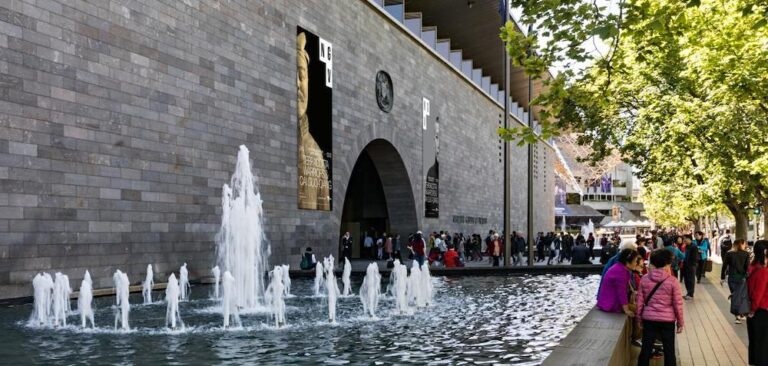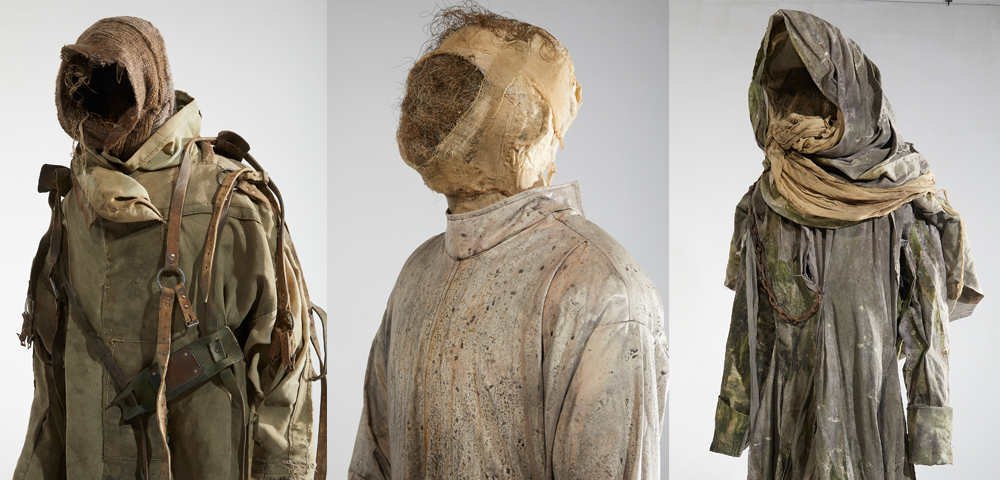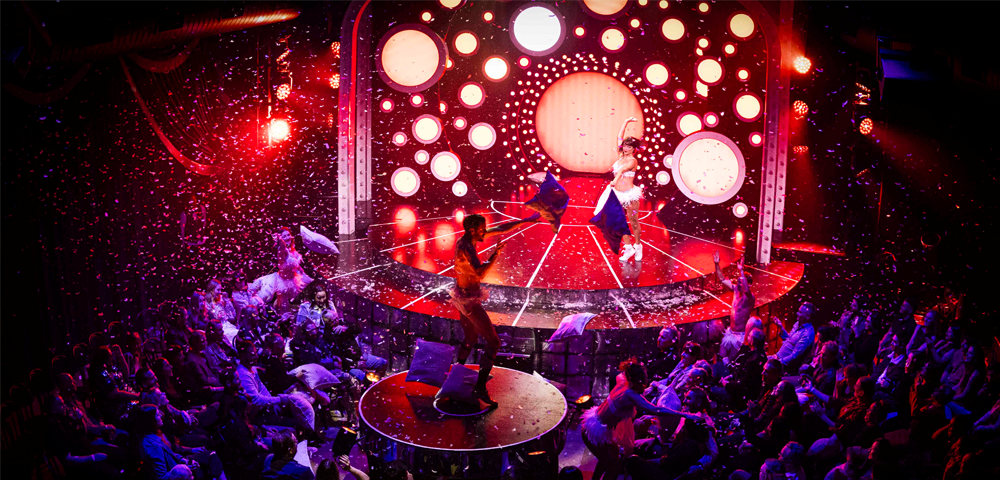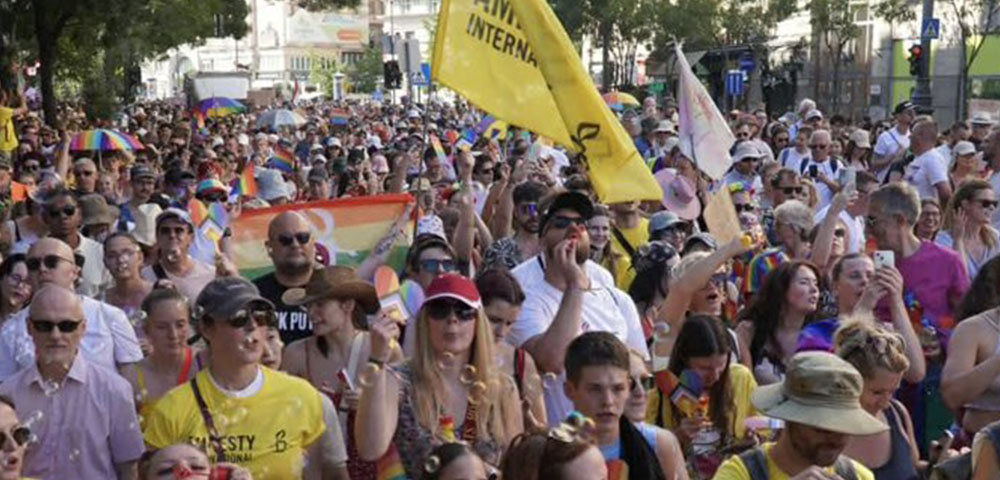
Apple releases gender non-binary and disability emojis
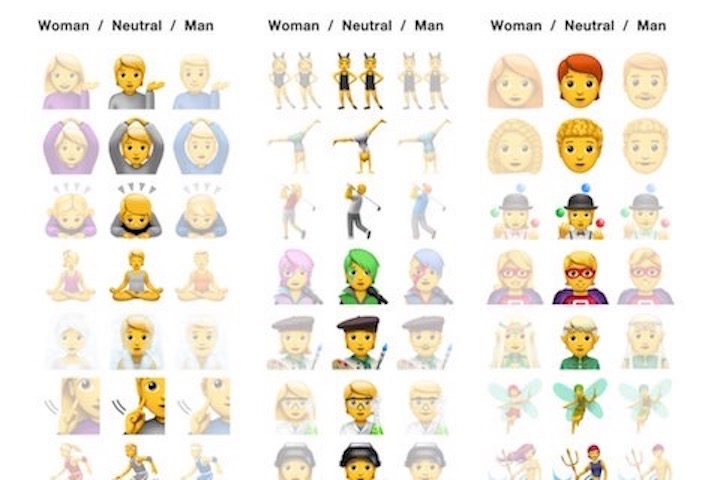
Apple has taken another step towards inclusivity after releasing its new iOS 13.2 update last week which features a diverse array of emojis reflecting different bodies, skin tones and non-binary features.
Released last Monday, the software update features 398 new emoji designs and 265 refreshed designs for Apple devices, with 255 featuring a gender-neutrality update. The latest update now brings the emoji count to 3,178 emojis, compared to the 625 that existed in 2010.
All classic emojis such as the painter, farmer, cop, detective, scientist, superhero, and fairy emojis now come in gender-neutral versions.
The update also features 67 new designs that include designs for people who use wheelchairs, mechanical limbs, people who use hearing aids and people who use canes.
Apple’s update comes after Google offered android users their own brand of diverse emoji’s in May this year.
Members of the LGBTQI community are celebrating the new additions, which expand on inclusivity updates released in 2015 which included multiple skin tone options for human emojis.
This year, Apple seems to have focussed heavily on representing queer-identities and disabled bodies.
However, Apple has previously attempted to provide inclusivity in their emoji’s after requesting disability-inclusive emoji in a March 2018 proposal sent to the Unicode Consortium.
“Currently, emoji provide a wide range of options, but may not represent the experiences of those with disabilities,” the Apple proposal stated, reported CNN Business.
“Diversifying the options available helps fill a significant gap and provides a more inclusive experience for all.”
The iOS 13.2 update can also make male and/or female emoji of any skin tone hold hands though according to Emojipedia, it’s yet not possible to make men and women emoji’s hold hands with gender-nonbinary figures.
These aren’t the only issues that people have found with the non-binary figures. Some members of the LGBTQI community are critical of how the non-binary figures can reinforce a fixed idea of what gender-nonconforming people look like.
“I feel very critical of this [because] I feel like it reinforces the idea that non-binary/GNC [gender non-conforming] people should have a particular look,” one Twitter user wrote following the release of the update.
“Like how do [you] determine that these emojis are how gender-neutrality should be represented or that these emojis even represent most GNC people?”
Gender inclusivity and the push for non-binary representation has become a significant focus for big business, along with feminist and environmental-justice sentiments.
Global companies such as Tinder and H&M have both launched new campaigns to encourage gender inclusivity. However, some are not as happy for more inclusive representation as others.
After American toy-manufacturer, Mattel—the makers of Barbie and G.I. Joe—released a line of gender neutral dolls last month, Australian journalist and social commentator Prue MacSween used a transgender slur when commenting on non-binary dolls.
“If we’re looking at this transgender crap, and I’m saying that in the nicest possible way, I know that there are some people who feel they are transgender, but if we’re talking about giving little girls options, or giving little boys options, of being a [tr***y] when they’re playing with these dolls, what about the stereotypes that they’re reinforcing about a girls role is in the kitchen?” MacSween said.



